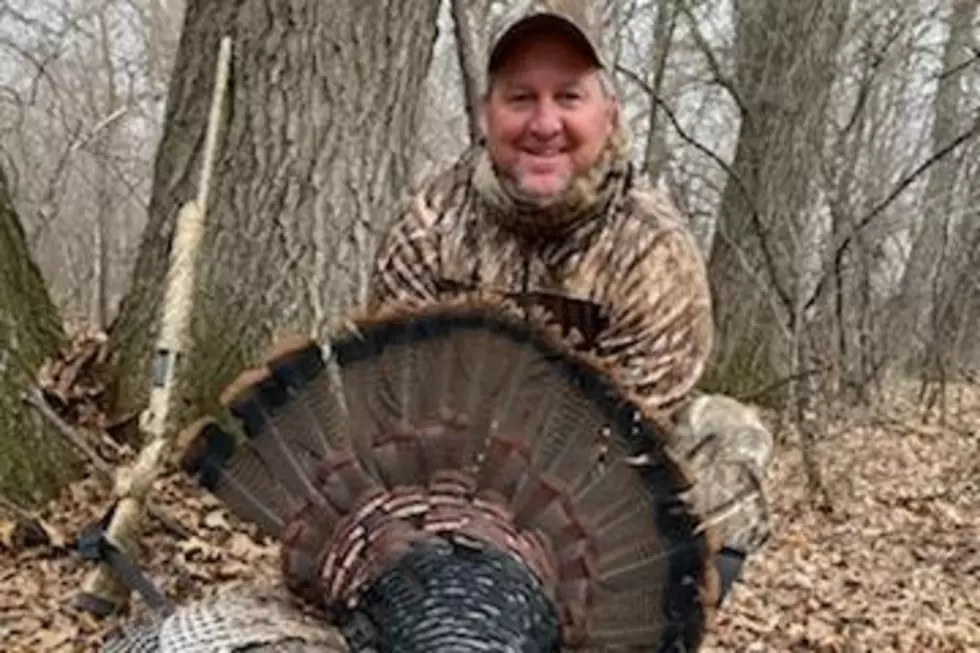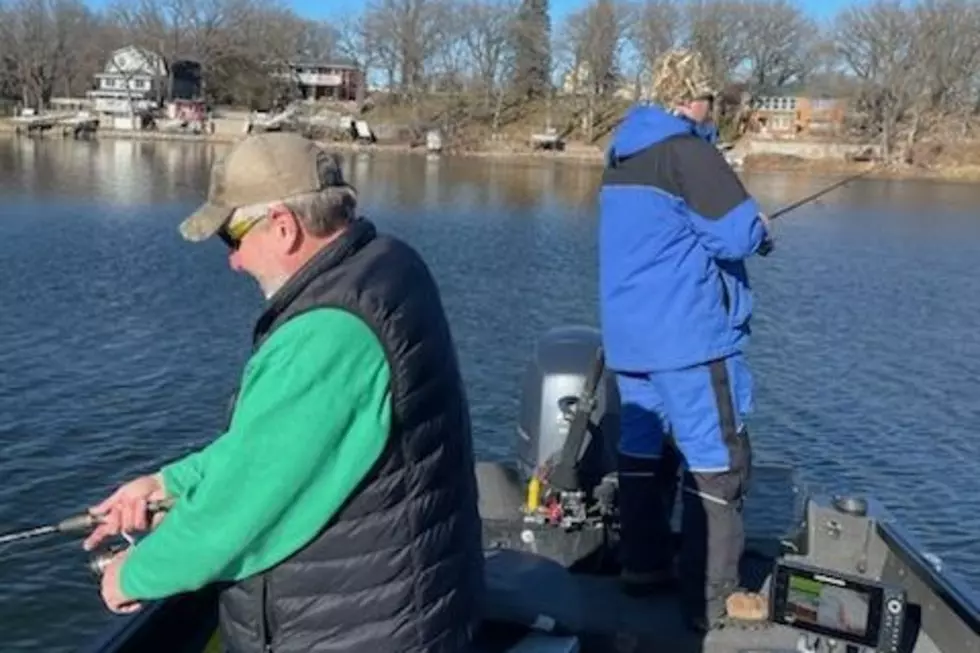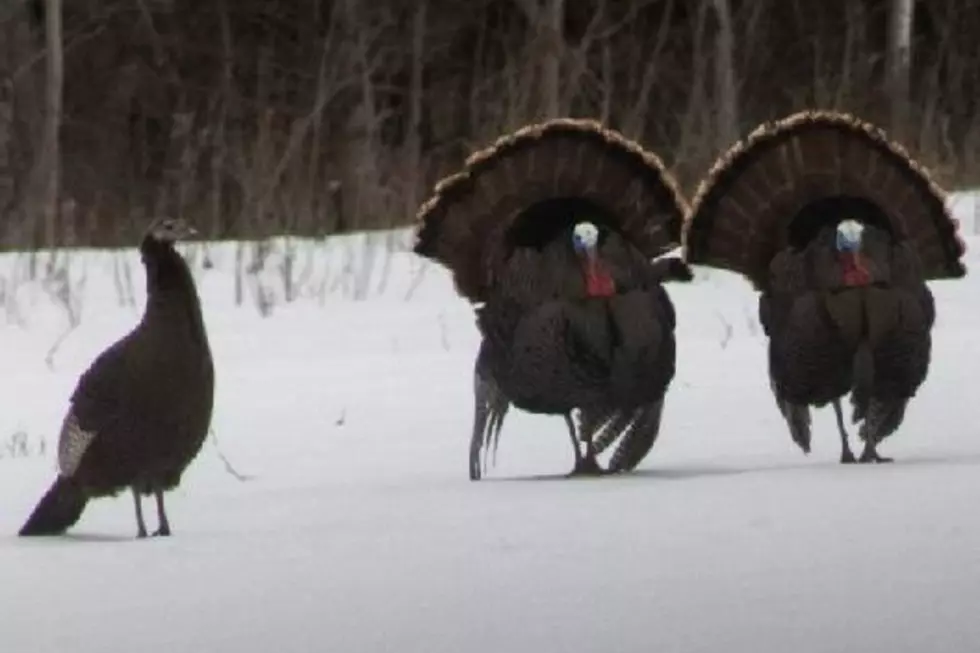
Simple Tactics for More Doves
The mourning dove is an interesting game bird. In Minnesota, it was on the protected species list for many years but was eventually returned to its game bird status a few years back. Since that time, the anticipated popularity of dove hunting never really took off.
I was new to the dove hunting scene when it first became legal, but my hunting partner, Roger Lydeen, had hunted doves extensively in North Dakota. He had a great deal of knowledge about their habits and their chosen habitat.
To put it plain and simple, successful dove hunting boils down to understanding their daily routine. This routine consists of the need for food, water, grit and roost trees.
When Lydeen and I do our Western Minnesota exploration for dove hunting territory, we are constantly on the alert for birds sitting in trees or on wires. When doves are perched, they are either resting or are surveying a field for potential food. Like any wild creature, they like to make sure their dinner table does not have any uninvited guests hanging around.
Over the past few years, we have discovered that small grain fields are ideal locations for finding doves. Occasionally, we have been able to pop a few by just walking a field and jumping the birds. However, it doesn’t take them long to learn the danger presented by hunters.
Some of our more successful hunts have come through a different strategy. Instead of hunting a field the birds are feeding in, we will post along the perimeter of the field and wait for birds to fly by. This has been quite successful as the birds are not disturbed while feeding.
The fly-by routine does take some planning. Putting ourselves between roost trees and the food has been the most successful. We have also hunted the birds as they left their food source and headed for water.
During the mid day stretch we have had some good shooting by walking tree groves near feeding areas. Doves love to eat early and late in the day and then spend their mid days sitting in a tree. By walking both sides of a tree row, we kick targets out to each other.
Doves can also be fooled into coming to decoys. Lydeen used to erect something he called a dove wire when hunting North Dakota. We modified this concept to make it easier to set up and take down.
Our dove pole consists of a stake, a long tube and a T-bar that fits in the top of the tube. This simple contraption goes up in a minute or less and holds six to eight decoys. We also place a few doves on the ground near the decoy set.
I wouldn’t say that doves break their wings trying to land on the T, but they often give it a good look which provides shooting. If there is not good cover in the area, we have even used layout blinds to hide in.
As far as guns and ammo, we keep it simple. A 20 gauge with target loads is ideal. Doves are fast and erratic flyers and burning up a few rounds on an outing is common.
Dove hunting is not pursued by many hunters. However, Lydeen and I find it to be a great way to spend a couple of days in the early fall. We also find it is an excellent way to sharpen the shooting eye in preparation for other wing shooting seasons.
More From AM 1240 WJON









